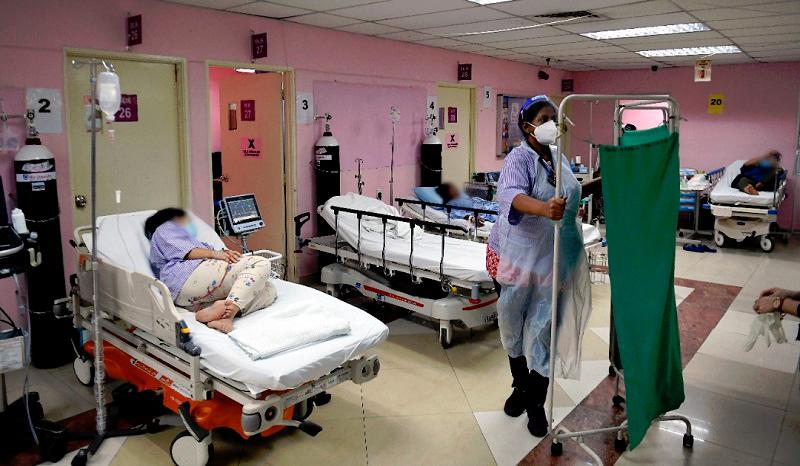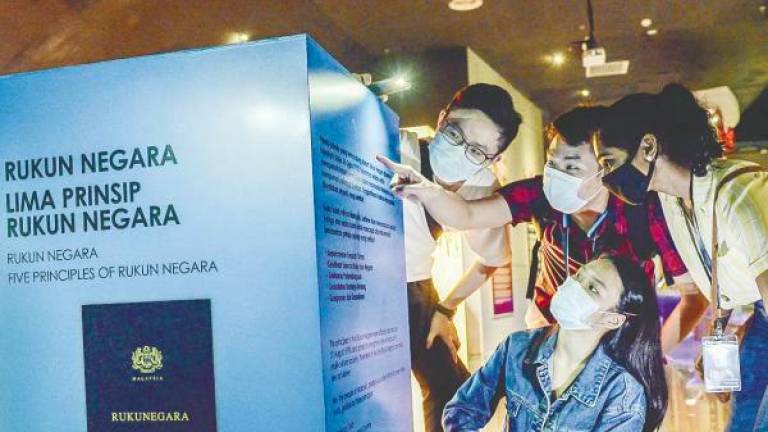INTRODUCED in December 2016, the contract system for doctors was deemed necessary to address the glut of medical graduates in Malaysia. The doctors on contract were offered a five-year term (three years plus two years extension).
Last year, a total of 55,981 medical officers had permanent employment with the Health Ministry, while another 23,096 were on contract. If the government can support 78,077 medical officers in that year, why can’t it continue supporting this number as permanent staff with a slightly higher budget?
Costs aside, their services are needed now, more than ever. We have seen this great need during the Covid-19 pandemic when healthcare workers, in some cases, had to work 36 hours at a stretch to cope with the increasing numbers of critical patients.
If the overriding reason for introducing the contract system is to check the glut of medical graduates, doesn’t it stand to reason to rather restrict the intake of students into medical colleges?
We do not impose such a system on the employment of, for example, teachers and civil servants although there is also a glut of these professionals in the market.
There were 116,000 graduates without a job in 2020 but no contract system was imposed then. Cost is not a factor. It is all a question of budgeting. We can cut down on non-essential spending and allocate more funds for services that are sorely needed.
In my opinion, I do not think there was a glut of doctors, but rather it was a failure of the Public Services Department (PSD) to have proper planning. If there was a glut, why are those in service overworked? Would it not make sense to give full time employment to more doctors to relieve the workload?
The word “glut” seems to be a term used by the PSD to gloss over its shortcomings in human resource management? It is common knowledge that over the next decade or so, Malaysia will see an ageing population, with an attendant increased demand for healthcare. Therefore, it makes sense for us to invest now in manpower, equipment and other facilities for this eventuality.
Where facilities are concerned, the 145 hospitals and 2,000 health clinics existing today are grossly overcrowded. It has been estimated that more than half the country is dependent on public healthcare but there has not been parallel expansion of facilities. And the demand is more acute in Sabah and Sarawak.
It has been suggested that to meet the increasing demand for healthcare services, hospitals and clinics should extend their operating hours. But won’t this put an additional burden on the staff and increase their stress levels?
A bigger workforce is obviously the answer to this malady. There is talk of instituting a Health Services Commission to look into the healthcare challenges. But is this necessary? Aren’t the shortcomings and their solutions plain for everyone to see?
Health Director-General Tan Sri Dr Noor Hisham Abdullah has truly cut to the chase when he said recently: “We are underfunded, understaffed, underpaid, overworked, overstretched and overcrowded with patients”.
So, it is time for us to give our healthcare staff and services a much-needed booster shot to keep us safe and healthy.
Tan Sri Lee Lam Thye
Chairman
Alliance for a Safe Community













